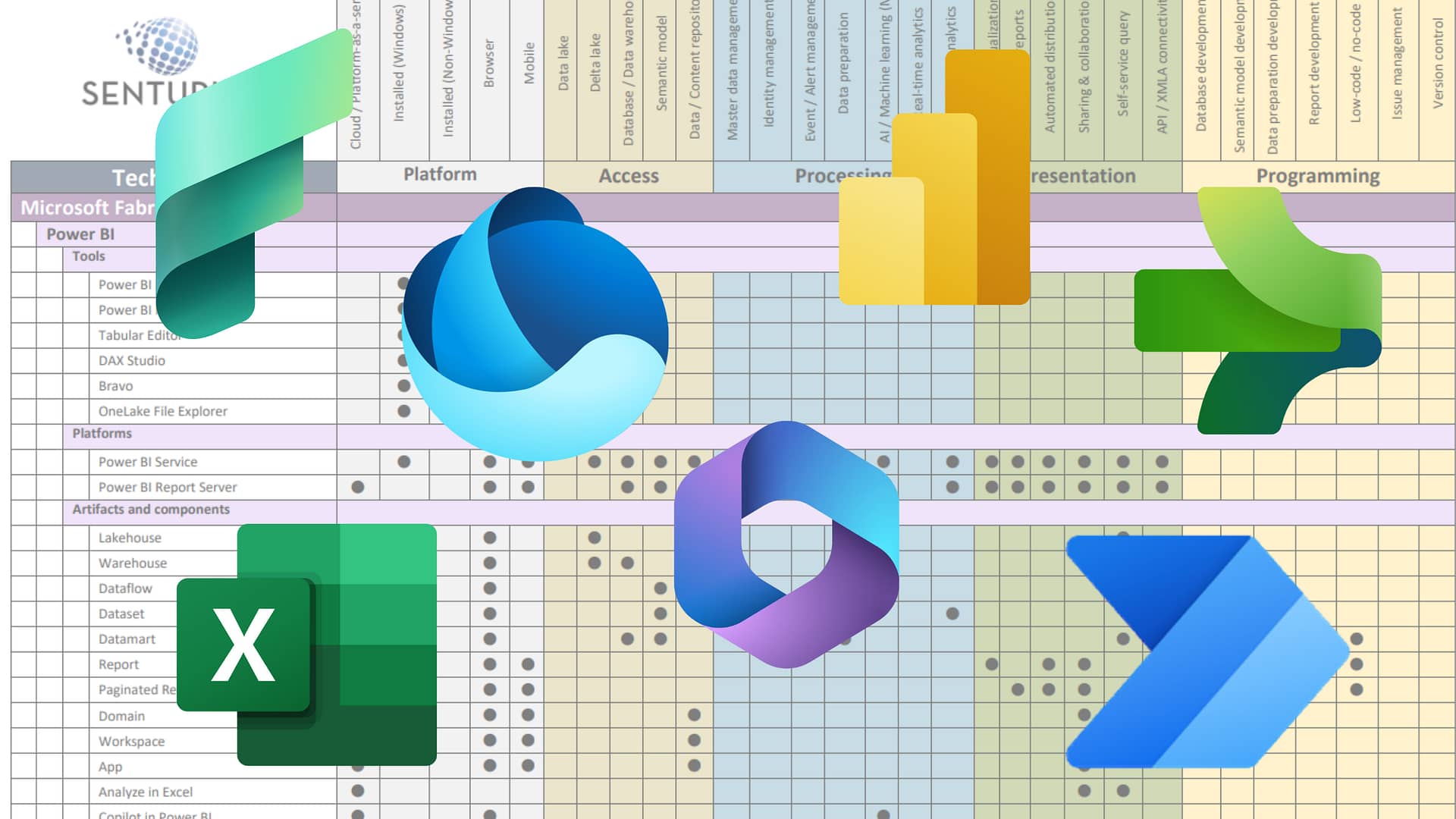This year’s Gartner Magic Quadrant for BI & Analytics report caught our eye, not so much because of where they placed each software vendor in the quadrants, but more so because of the emphasis included in this year’s report on the importance of data governance.
Gartner reminds us that even for the self-service (aka modern) analytics platforms, data preparation outside the tool is necessary for large organizations (or organizations of any size) that have uncleansed data and/or numerous source systems. Here is the entire quote:
“Modern analytics and BI platforms may optionally source from traditional IT-modeled data structures to promote governance and reusability across the organization. Many organizations may start their modernization efforts by extending IT-modeled structures in an agile manner and combining them with new and multi-structured data sources. Other organizations, meanwhile, may use the analytic engine within the modern analytics and BI platform as an alternative to a traditional data warehouse. This approach is usually only appropriate for small or midsize organizations with relatively clean data from a limited number of source systems.”
(If you haven’t read the report, you can download it for free from our partners: Tableau and MicroStrategy.)
We couldn’t agree more. Without some type of data modeling—and there are many options out there to do this—most companies cannot achieve the full value of their analytics. The power of today’s BI and analytics platforms can deliver actionable insights, but if they are working from inaccurate or incomplete information they put the organization at risk.
A typical business analyst spends up to 80% or more of his or her time gathering, cleansing and preparing data. These activities are typically manual, repetitive and prone to introducing errors at every stage of the process. And what if important metrics, or entire sources, get missed?
Initiatives such as master data management (MDM), data governance and data stewardship have re-emerged as top priorities for organizations of all shapes and sizes, regardless of which mode (or, more likely, modes) of business intelligence they have adopted.
Staged (or prepped) data provides the true foundation for self-service analytics by
- Providing field, table and measure names that make sense to business users
- Enabling fast performance
- Handling multiple sources of data
- Delivering high quality, validated data
- Enabling pre-calculations for commonly used measures
- Providing user and role-based security
- Maintaining historical data in a common format
Gartner reminds us that the true value of any business intelligence solution depends heavily on the veracity of the underlying data.
Senturus has a long standing dedicated data management practice. We work with enterprise BI (traditional), self-service (modern) and frequently hybrid business analytics environments. We can help you determine the correct approach for your organization whether the answer is a self-service transformation tool, a data lake, a data warehouse or a hybrid solution.
If you want to learn more about our take on the value of data management, check out some of our blogs and resources.

